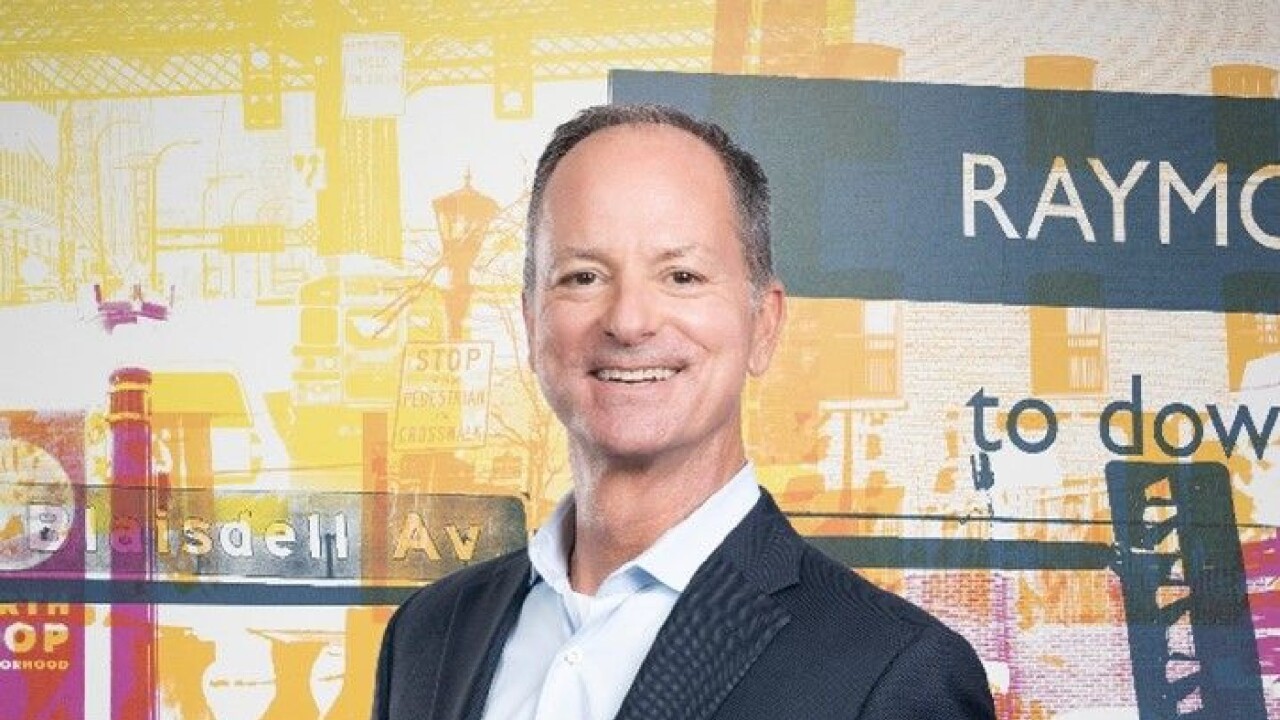WASHINGTON – A Federal Reserve watchdog says that there is "significant variability" in the supervisory cultures at regional Fed banks, and that more can be done to ensure supervisors can offer dissenting views on how to regulate the largest and most systemically risky banks.
The Federal Reserve's Office of Inspector General issued a long-awaited
"Among the 10 Reserve Banks included in the scope of our evaluation … we noted that significant variability exists in employees' comfort levels sharing views," the report said. "Our survey results and interviews revealed that differences in leadership and management approaches among supervisory leaders at the Reserve Banks contribute to this variability."
The report further noted that, of those 10 banks whose regions are home to a large bank subject to enhanced supervision by the Large Institution Supervision Coordinating Committee, the Federal Reserve Bank of New York faces the most pointed challenges in hiring, maintaining and retaining effective managers, and that effect is largely because the New York region is home to so many LISCC banks.
"We noted that hiring, developing, and retaining effective managers is a challenge for all the Reserve Banks that supervise large financial institutions; this challenge is particularly acute for the Federal Reserve Bank of New York," the report said. "A greater emphasis on recognizing and acknowledging FRB New York supervision teams and individual employees who share their views may help to send clearer signals to employees about the behaviors that are important to senior leaders."
The Fed's Supervisory Committee and Office of General Counsel requested that the OIG conduct the study in November 2014, after an investigation by ProPublica and the radio program "This American Life" unveiled what appeared to be a weak supervisory culture at the New York Fed.
That investigation was bolstered by hidden audio recordings taken by former New York Fed supervisor Carmen Segarra of supervisory meetings inside the bank. While the recordings did not produce a
The report specifically noted that the New York Fed had moved toward a senior supervisory officer model in order to better observe the banks in the region, many of which are large, complex and that engage in highly specialized activities. While that shift was meant to ensure that banks did not eschew supervisory scrutiny, it may have resulted in a workplace where there "may have been a greater emphasis on hiring subject-matter experts than on identifying effective managers."
The New York Fed has undertaken a management development program, the report notes, and while it is too new for the OIG to assess whether it is successful, "we learned that some participants felt that it helped with leadership skills, such as handling difficult conversations."
The report noted that, throughout the Fed System, there is a lack of clear process for making higher-level supervisors aware of "close calls" or divergent views among lower-level supervisors when issuing a rating or evaluating a transaction – information that Fed supervisors might want to be aware of and might subject a bank or bank transaction to heightened scrutiny. The report further found that an anonymous tip line wouldn't necessarily solve the problem, since their very existence presupposes that it is not safe to share one's views openly.
The report recommends that the Fed board decide when it wants to be aware of close calls and supervisory disagreements and establish a formal process for elevating that information, while the individual regional banks should ensure that there are internal mechanisms for elevating disputes and that employees are aware of them.





